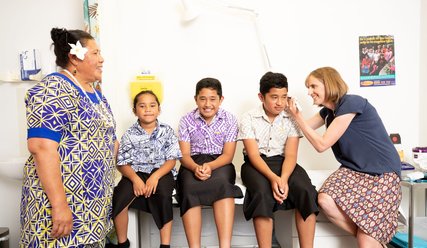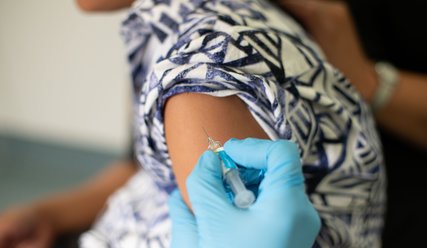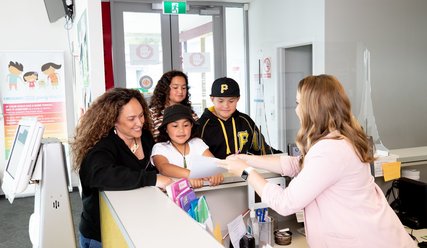The art of racism and how it’s effecting Māori health
You probably have a pretty clear idea in your mind of what racism looks like. It’s probably overt and obvious and nasty. Hold onto that idea but spread it thinner into a subtle veil that covers society in such a way that racism’s actions are no longer always blatantly obvious. They’re still there alright but if you’re white, and sometimes brown, you probably can’t see it anymore because racism is so entrenched it’s become normal for many people, despite their best intentions.
“If we don’t think it’s our fault then we don’t think it’s our problem to fix,” says Professor Dr David Tipene-Leach to nine General Practice Education Programme (GPEP) year 1 registrars at Te Ahunga (the orientation) in Hawke’s Bay in February 2021.
He was speaking about racism and equity in the context of Māori health. “Nobody wakes up in the morning to do a bad job,” he said. But when you’re working in a system rife with institutionalised racism, which is delivering differential access to goods, services, and opportunities – intentionally or not – depending on who you are, and the colour of your skin, then the statistics start to look grim. And unacceptable.
- Māori have poorer access to lead maternity care in the first trimester of pregnancy.1
- Māori have poorer access to high-level infant care.
- Māori (and Indian) babies are less likely to be resuscitated.
- Māori children are prescribed fewer asthma preventatives even after being prescribed two or more short-acting asthma medications in a year.2
- Māori children require more secondary care asthma admissions.3
- Māori have less appointment time, fewer investigations, fewer diagnoses, less treatment, few referrals to secondary care, and fewer interventions.4
Health inequities run across services, across levels of care, and across the lives of indigenous people. “One of the most important things GPs need to do is be social change advocates,” says Dr Tipene-Leach.
“We all bring biases to a situation and those aren’t just about ethnicity. Let’s use the language of bias to explain racism and discrimination in an inclusive and non-blaming manner in order to facilitate change in our behaviour,” he said.
“Biases are activated by time constraints, multi-tasking, stress, fatigue, and sleep deprivation – all great examples of activities you can see in any general practice,” he said.
But there’s plenty GPs can do to provide better engagement with Māori. In the larger sense that’s about following Professor Papaarangi Reid’s model and being culturally safe, Te Tiriti compliant, anti-racist, and pro-equity. At its most fundamental it’s about getting indigenous people into the practice.
There’s often an excuse for why patients aren’t thriving in the health system; ‘they won’t stop smoking’, ‘it’s bad genes’, ‘my patient doesn’t exercise’, ‘eats the wrong foods’, ‘they’re always late’, or ‘they can’t make the appointment times I offer them’ but “the way racism and bias works is to move responsibility somewhere else instead of bending and adapting to patients’ situations,” says Dr Tipene-Leach.
Sometimes getting the best health outcomes for Māori is about thinking outside the box. Offering access to your practice at hours that suit patients rather than a traditional 9am-5pm model.
Ask yourself,
- When Māori patients are in your practice, can you pronounce their name correctly?
- Can you deal with the ‘whole whānau situation’?
- Do you understand the partnership (Treaty) issues?
- Are you doing cultural competence training?
- Do you edit your outcomes by ethnicity?
You must reflect and know your own biases and understand how your attitudes effect outcomes. Be sensitive to Māori need and take time to understand the hui process and the Meihana Model and put those into practice. Increase your cultural competency through language, understand the four cornerstones of Māori health, be clear about the Treaty of Waitangi and it’s effect on Māori, visit marae and understand the rituals of engagement that happen there.
“Inequity is immoral,” says Professor Reid. “We must do more than have it as item number 7.2 on our strategic plan.”
References
- A window on the quality of Aotearoa New Zealand’s health care 2019. HQSC, 2019
- A window on the quality of Aotearoa New Zealand’s health care 2019. HQSC, 2019
- Ibid
- Crengle et al. Nat MedCa (2005), Jansen et al He Ritenga Whakaaro (2008.), Walker et al The road we travel (2008), Jansen et al Māori experiences of health care (2006).


